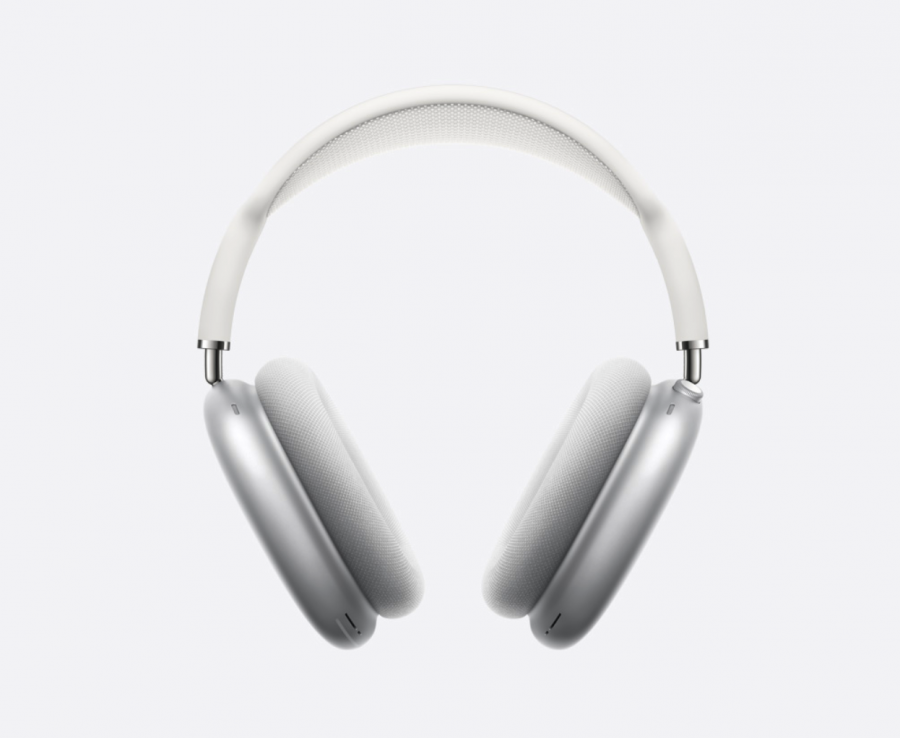Why the AirPod Max is Stupid
December 15, 2020
For the longest time, I’ve been an audiophile, AKA a person who is enthusiastic about high-fidelity audio reproduction and listening to music/games/movies in ultimate quality. Just like with my computer-building hobby, I’ve spent ample amounts of time researching how “good” sound quality actually works, and how a consumer can get the highest quality with a quick buck or two. Especially when one considers gaming and video editing: having good sound quality helps, as such quality can help me precisely locate footsteps of enemies, or fix sharp frequencies or unbalanced sound. Now of course, this perspective is extremely niche compared to the average consumer; most—if not, everyone—looks for something that just provides good enough quality to pump out bass-heavy pop and rap songs. This is where Apple comes in: for years, people have seen them as the Gucci equivalent of the technology market, with clean style and functionality across their entire line of products. This fact is especially true when considering their AirPods lineup; people have been, and continue to steadily purchase their in-ear audio solution for the longest time, sometimes just for the fact that they’re buying AirPods. So, of course, people would naturally buy their newest product, the Airpods Max—toted to be a super high quality, over-the-ear pair of headphones. As much as I want to say this looks and sounds great, I’ve still yet to be convinced, due to numbers of factors that seem ridiculously overlooked.
To start off, the Airpods Max is $549, a hefty premium over rivals like Bose and Sony. Such a price is also on par with professional studio headphones, such as the Beyerdynamic DT 1990 Pro, a well-known pair of cans accepted by certain professionals in the audio industry(other notable brands include Sennheiser, Audio-Technica, and more). For such a price, one should expect a wide range of features and offers that should make Apple stand out for the rest. But it doesn’t. From the outside perspective, it totes high-fidelity audio on a professional level. Does Apple recognize, however, that people use headphones with 6.35mm or even 3.5mm audio jacks? Yes, there is a lightning to 3.5mm adapter included, but just like the controversy with Apple’s MacBook USB-C dongles, this doesn’t feel right at all. After all, you should be able to directly plug in headphones to the audio source, right? This doesn’t feel like it fits the price.
Not to mention, its functions feel barebones compared to what Apple presented with previous generations, or even other Apple products. You’ve got your standard noise-cancelling ability, transparency mode, Bluetooth, the “digital crown” to do certain functions, and spatial audio with the AirPods Max, but what else? For $549, I feel as if the “magic” that Apple always masterfully infuses into their products is missing. For previous AirPods, we could double tap the side or just ask Siri what the weather is with them, even if the iPhone connected to them can’t listen. What if we could do different finger touch gestures on the ear cups to do many more functions? Maybe some wizardry wavey hand thing by each side of the cup to order a coffee? I know, far-fetched, but my point still stands. There isn’t enough that these headphones could offer as of right now to justify that $549 price tag.
As much as I can say, I don’t care how amazing the audio quality is on these things. As much as ultra-low distortion and accurate representations of basses, mids, and highs are great factors, all of the other factors have so far been leading me away from taking another look at this man-purse of a set of headphones. This is an interesting step in the right direction on Apple’s part, but I feel as if the execution fell way short.










